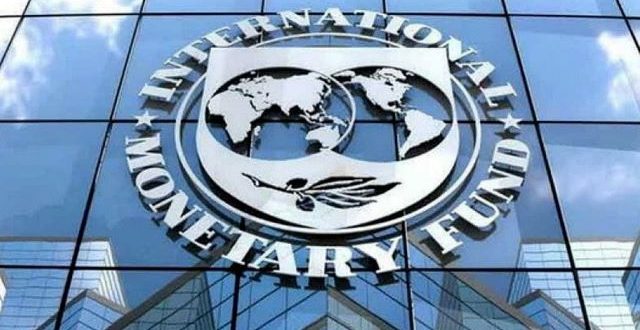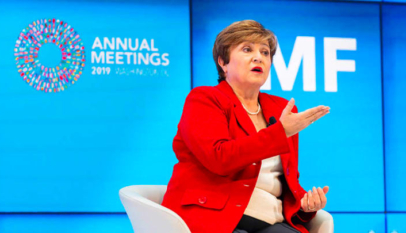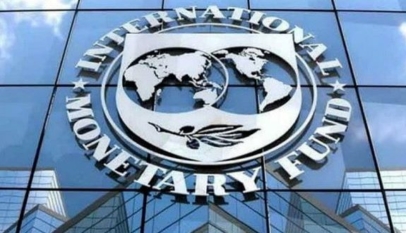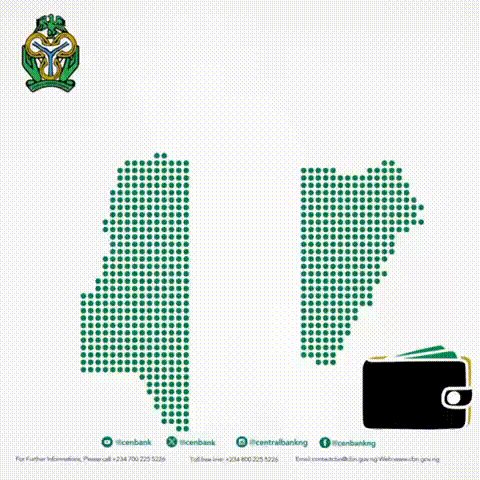
Poorest countries and fragile states are increasingly falling behind
By Guilaume Chabert, Robert Powell
The significant shocks that have buffeted the global economy over the past five years have weighed heaviest on low-income countries and fragile and conflict-affected states.
The post-pandemic recovery in low-income countries has lagged emerging market economies, which began their revival in 2021, though with significant differences.
Among low-income countries, defined as the 70 countries eligible for IMF concessional lending (the Poverty Reduction and Growth Trust), 38 of the more advanced—with higher income, varied exports, and international capital market access—grew by an average of 5.3 percent from 2022-24 compares with 3.3 percent in the poorest 32 in the group. It was just 2.6 percent for fragile and conflict states.
While some low-income countries with more robust economic growth are poised to soon achieve emerging status, their poorest and fragile counterparts are increasingly falling behind, which threatens their prospects for their income per person to converge with advanced economies. Poverty and food insecurity, as well as debt vulnerabilities, also are disproportionately affecting the poorest and fragile and conflict-affected states.
Meanwhile, financing flows to developing countries, and especially to those that are low-income, have significantly declined since the onset of the pandemic, even though these countries face huge needs to finance critical spending such as education, health, and infrastructure. Reversing that trend, and ensuring developing countries receive sufficient and recurrent flows of new and affordable financing, is essential. In addition, debt vulnerabilities should be proactively addressed.
For the wealthier developing countries, the focus should be on helping them attract more foreign investment and international private finance, with the support of bilateral and multilateral partners where needed. For the poorest and fragile countries, adequate financial support through grants or highly concessional loans is critical, alongside technical assistance to build further institutional capacity. Further improvements in restructuring processes are also needed to deliver efficient and timely debt restructuring for countries where debt is not sustainable.
Building institutional capacity
Strengthening public financial management, efficiency of spending, and tax capacity—the policy, institutional, and technical capabilities to collect tax revenue—is part of a deeper process of building institutional capacity. While developing countries have made some progress in raising additional government revenue in recent decades, much more is needed. A 7 percentage-point increase in the ratio of tax revenue to economic output is feasible for low-income countries through a combination of tax system reform and institutional capacity building.
For its part, in addition to economic surveillance and concessional lending, the IMF has expanded its capacity development work with low-income countries. Between 2022 and 2024, this group of countries received over 40 percent of the IMF’s overall capacity development with its member countries. More broadly, the IMF will continue to help its members achieve economic and financial stability, which is a prerequisite for reaching their development objectives. It will do so by using the whole range of its tools including policy advice, capacity development, and balance of payment financial support where relevant.
The international community can help by intensifying efforts to provide technical and financial assistance, including grants and concessional loans, and timely debt restructuring where needed. It could also develop risk-sharing instruments to attract more participation by private investors where appropriate. Given the higher costs associated with private finance, developing countries should ensure that private debt is incurred in a sustainable manner.
Ends




